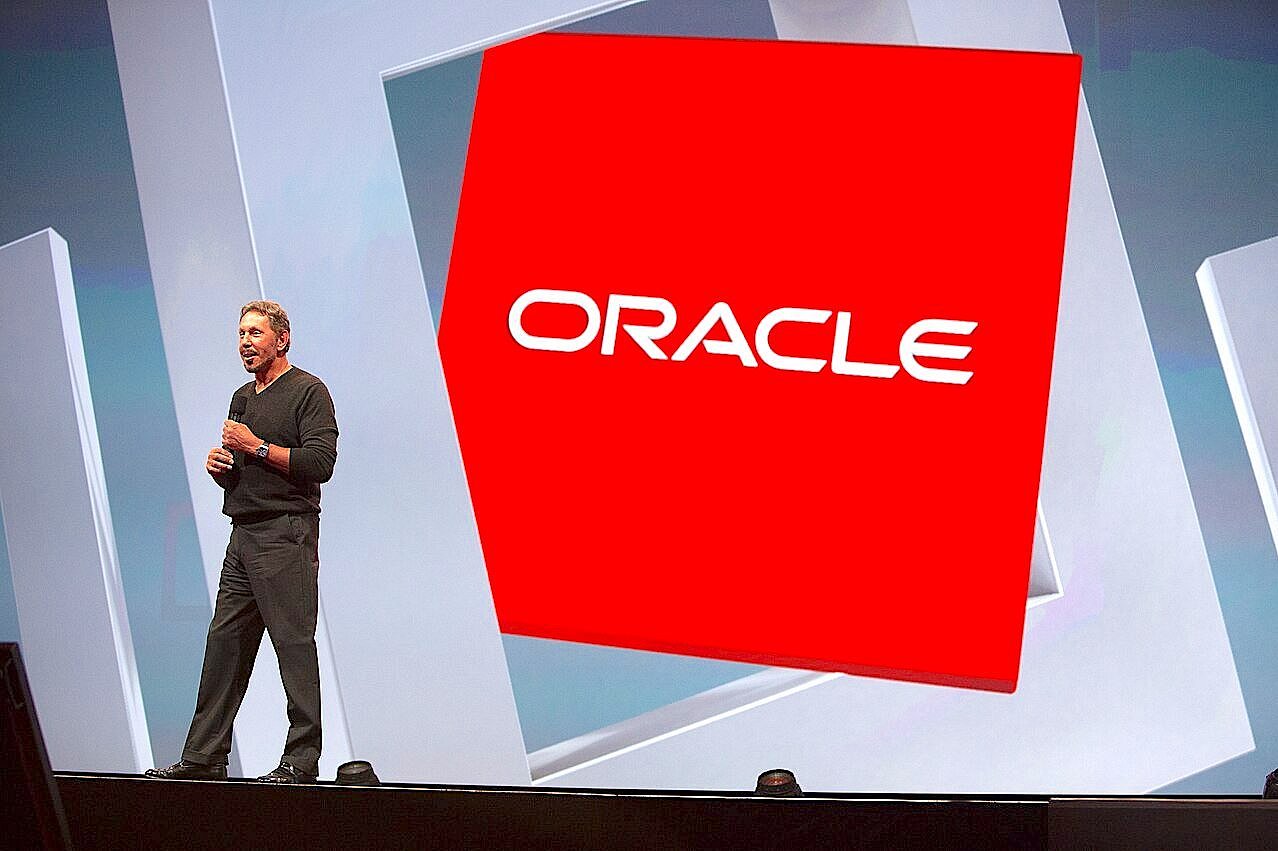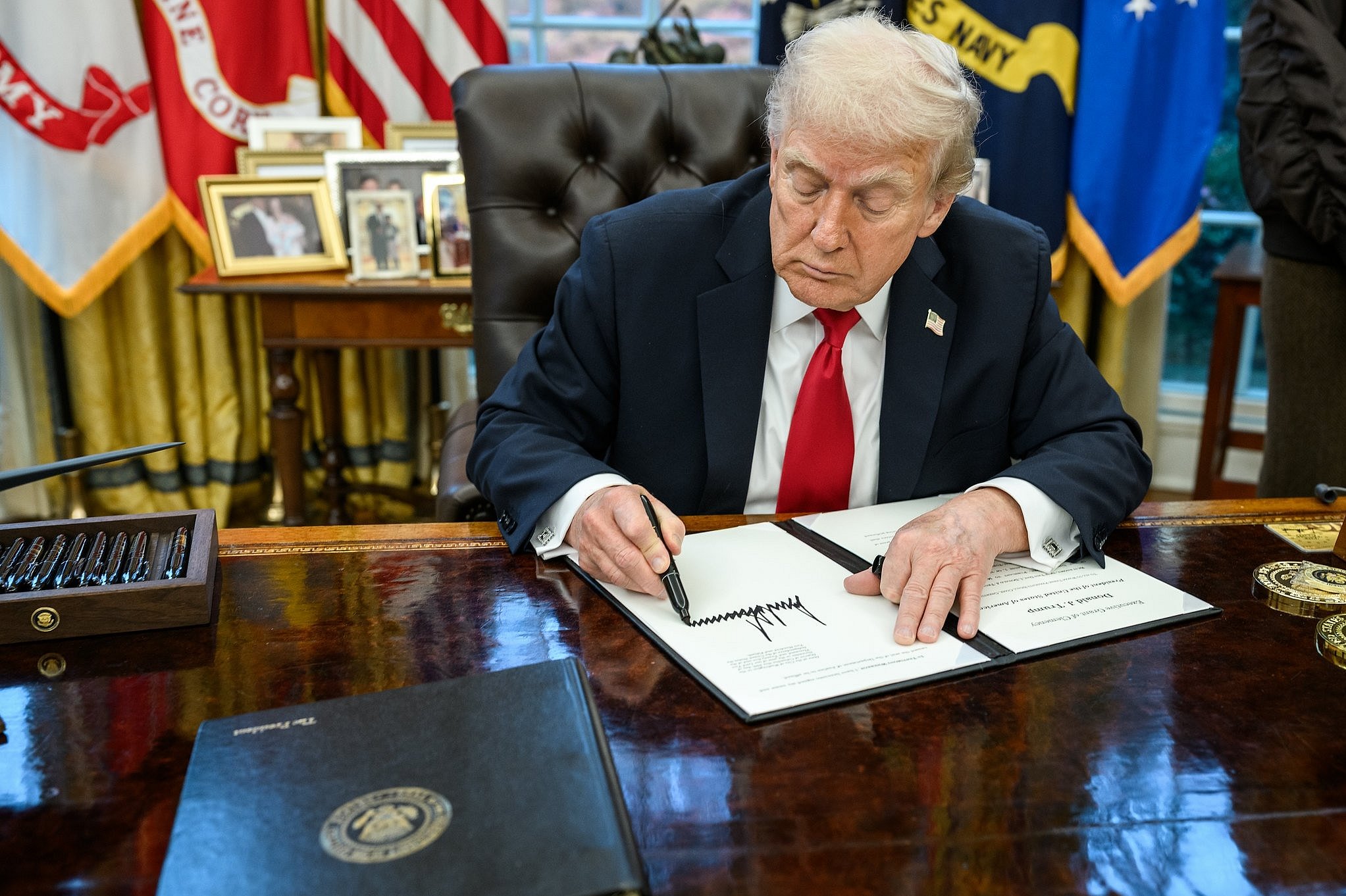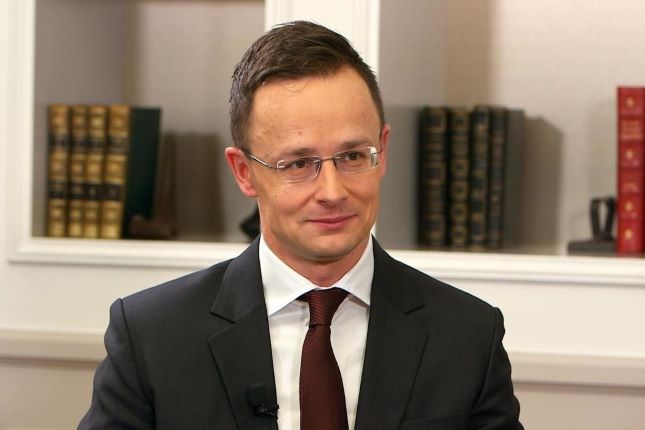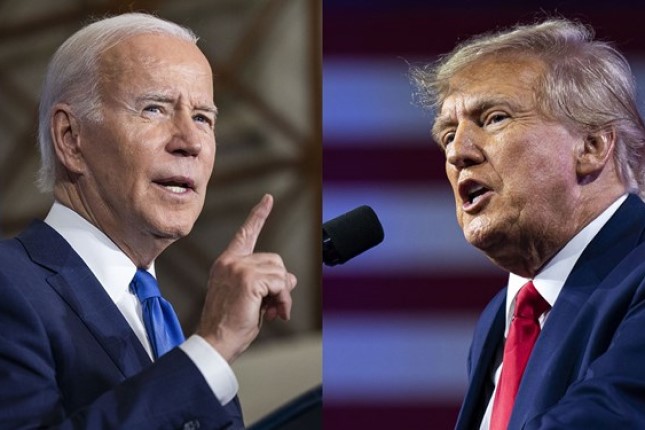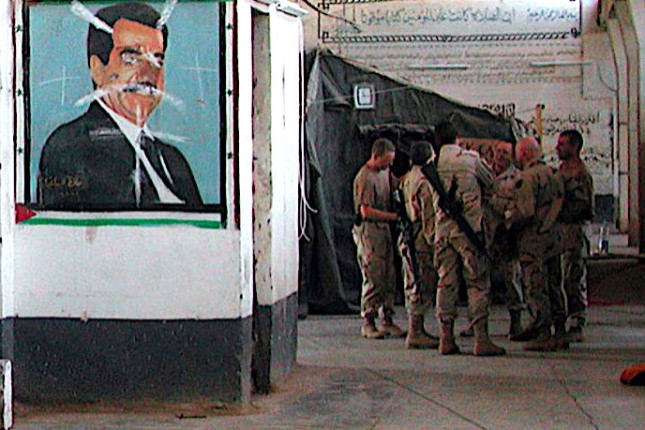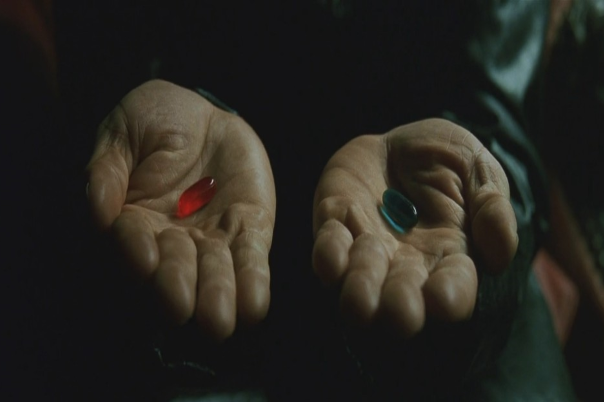Now, Horne has a fascinating podcast discussing the McCollum Memorandum, a foreign policy action memorandum authored on October 7, 1940, by Lieutenant Commander Arthur H. McCollum, the director of the Office of Naval Intelligence’s Far Eastern Section.
The Nazi Blitz attack on London began on September 7, 1940, when German planes appeared over London, and lasted until May 11, 1941. In the Battle of the Atlantic that began in 1939, German U-boats were sinking trans-Atlantic merchant ships in a tonnage war that threatened to sink the Allied supplies Churchill needed to survive.
On August 9, 1941, Churchill arrived aboard the HMS Prince of Wales at Placenta Bay off the coast of Newfoundland for a secret meeting with FDR. What emerged from the meeting was a joint policy statement known as the “Atlantic Charter,” a declaration that stopped short of pledging that the U.S. would enter the war to defeat Hitler. In the wake of World War I, U.S. public sentiment had no appetite for involvement in another European war. Roosevelt’s greatest fear was that the United States would be forced to enter the war prematurely while still deeply divided ideologically.
On June 22, 1941, Hitler launched Operation Barbarossa, invading the Soviet Union. FDR needed to keep Japan from attacking the Soviet Union so Stalin could stay in the fight against Hitler. Stalin’s chances of defeating two Axis powers—Hitler in the west and Imperial Japan in the east—were not good, given Stalin’s purge of the Red Army Officer Corps in the 1930s.
Horne’s new podcast explains how important the October 7, 1940, McCollum Memorandum—written just 14 months before the attack on Pearl Harbor—is to understand FDR’s actions in the lead-up to that pivotal event.
McCollum stated his key conclusion as follows: “It is not believed that in the present state of public opinion the United States government is capable of declaring war against Japan without more ado.” What McCollum recommended was that the U.S. government should take a series of steps to bait the Japanese to attack us. McCollum knew that the Japanese navy depended on U.S. oil exports, and Japan would consider an oil embargo an act of war. Horne makes a convincing case that FDR implemented McCollum’s plan.
Horne discovered a vitally important document buried in the British National Archives. The document involved a Japanese diplomatic “MAGIC” cable transmitted on August 15, 1941, that was sent from the Japanese ambassador in Berlin to the Foreign Ministry in Tokyo. The British and Americans intercepted the coded diplomatic telegram independently.
On August 15, 1941, after meeting with S.S. General Sepp Dietrich, the Japanese Ambassador to Nazi Germany, Baron Hiroshi Oshima, transmitted the cable from the Japanese Embassy in Berlin using the Japanese Foreign Service Type B encryption machine. One of Hitler’s elite S.S. bodyguards in the 1920s, Dietrich was now a combat general with the Waffen S.S. Horne noted that “to say Dietrich was an insider, and ‘trusted’ by Hitler was an understatement.”
According to Oshima, Dietrich told him that “in the event of a collision between Japan and the United States, Germany would at once open hostilities with America.” For FDR, this intercepted cable addressed a key concern with the McCollum Memorandum’s plan. Baiting Japan to attack the U.S. would only serve FDR’s desire to enter the war to save Great Britain if Germany joined Japan in declaring war on us.
Horne makes a credible case that U.S. naval intelligence tracked the progress of the Japanese fleet sent to attack Pearl Harbor as the armada crossed the Pacific Ocean—information FDR intentionally hid from Admiral Husband Kimmel, the commander-in-chief of the U.S. Pacific Fleet (CINCPACFLT), stationed at Pearl Harbor.
Horne’s thesis that FDR wanted Pearl Harbor to happen also helps explain one of the most mysterious steps FDR took: On the verge of implementing a previously approved agreement regarding extending to Japan three more months of oil sales, FDR pulled out of the deal. He did so after learning that the Japanese were heading to Pearl Harbor with orders to turn back only if the ongoing negotiations with the U.S. to resume oil sales were successful.
Thus, on November 22, 1941, Japanese Admiral Yamamoto sent a naval message intercepted by U.S. codebreakers ordering the First Air Fleet to attack the U.S. fleet in the Hawaiian Islands unless diplomatic negotiations between japan and the U.S. were successfully concluded. In other words, if negotiations were successful in resuming the U.S. sale of oil to Japan, the attack fleet was to turn around, reassemble, and go home without attacking Pearl Harbor.
By abruptly reversing course on November 26, 1941, and ordering that an ultimatum [the infamous ‘Hull Note’] be sent to Tokyo (instead of implementing a previously approved modus vivendi that would have delayed war for 3 months), FDR ensured that the Japanese Navy’s First Air Fleet would indeed attack Pearl Harbor.
The American public rallied behind FDR’s appeal to Congress to declare war on Japan, characterizing the Japanese “sneak attack” on Pearl Harbor as “a day that will live in infamy” On December 11, 1941, Nazi Germany declared war against the United States, completing FDR’s plan to get the U.S. into World War II on the side of Great Britain.
The McCollum Memorandum is Horne’s third volume on Pearl Harbor. In 2017, Horne published a definitive two-volume set of books entitled, Deception, Intrigue, and the Road to War: A Chronology of Significant Events Detailing President Franklin D. Roosevelt’s successful Effort to Bring a United America into the War Against Germany During the Second World War.
Horne is well known for his willingness to investigate historically important controversies in U.S. history. From August 1995 through September 1998, Horne worked on the staff of the Assassination Records Review Board (ARRB), the independent federal agency that Congress established to declassify government documents related to the JFK assassination. Horne was the only ARRB member to record his ARRB experience in a book-length memoir. In 2009, he published a five-volume set entitled Inside the Assassination Records Review Board: The U.S. Government’s Final Attempt to Reconcile the Conflicting Medical Evidence in the Assassination of JFK—an indispensable, meticulously researched analysis of the JFK assassination medical records.
As hidden information about American politics starts to emerge, and with Robert F. Kennedy, Jr., running for president, maybe we won’t have to wait another 60 years to answer the biggest American mystery: Who really killed JFK?
Photo: Aftermath of the attack on Pearl Harbor, December 7, 1941.
Source: American Thinker.
















